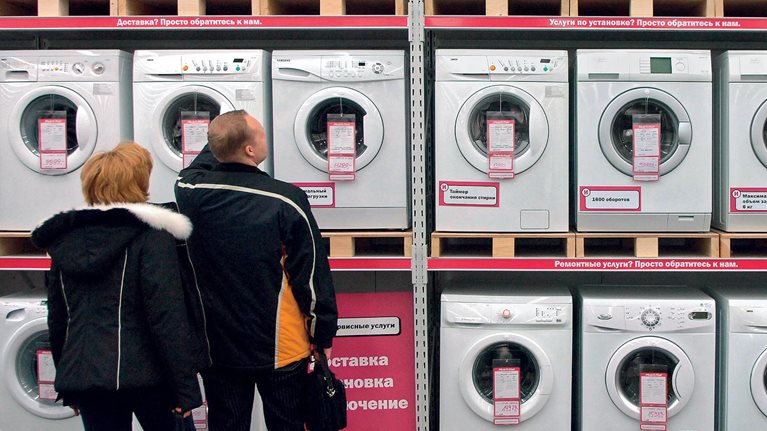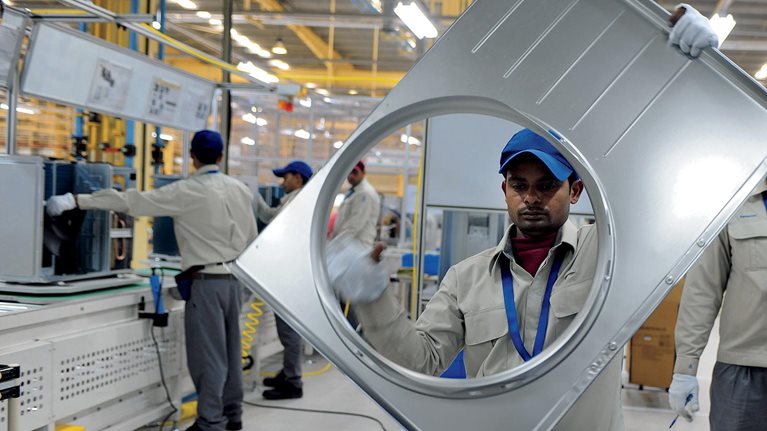Many companies are quite successful at outsourcing their design and manufacturing to cut costs or fill gaps in expertise. Yet it’s always a good idea to examine these relationships closely, since there may be opportunities to sharpen product features and further reduce costs. The private-label offerings of retailers, for example—despite producing margins that are typically more than 20 percent better than those of similar branded goods—sometimes contain features and specifications that customers don’t particularly value, while lacking others they consider critical. For example, one hardware retailer’s private-label measuring tape had a sturdier, heavier retraction coil than those of competitive models. But what customers really wanted, the retailer found, was a smooth retraction movement, not a strong coil. By getting the supplier to use a lighter, smoother one, the retailer reduced the product’s cost and increased its value to customers.
Product teardowns have revealed similar “design to value” opportunities across many other product categories.1 We estimate that global retailers could save at least $55 billion by pushing contractors to rewrite product designs and specifications—while maintaining or improving consumer perceptions (exhibit). Those savings opportunities extend far beyond consumer packaged goods, to include consumer electronics, auto parts, office supplies, and home-improvement products.
Design-to-value opportunities across a number of consumer-facing industries suggest the potential for $55 billion or more in aggregate annual savings.



